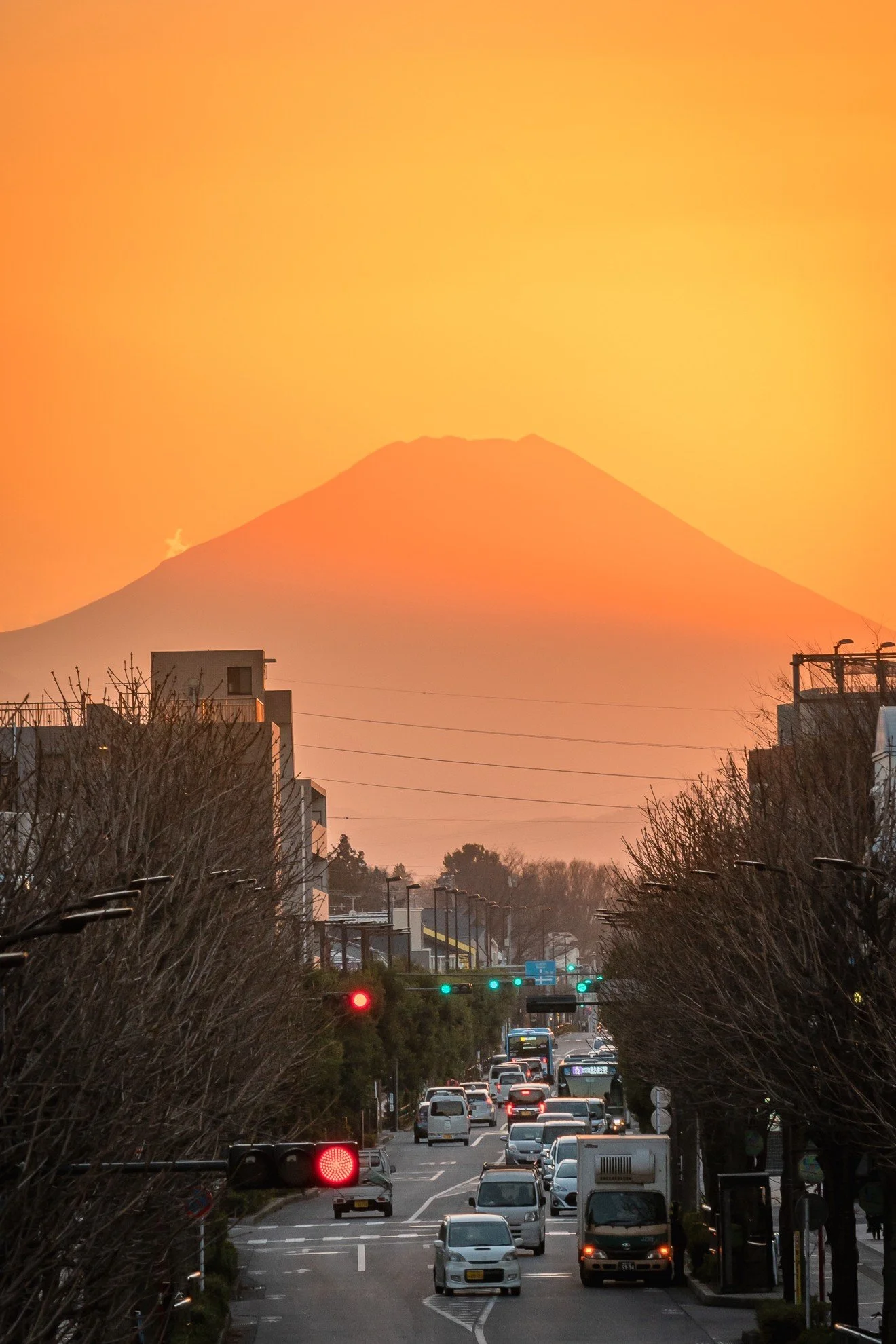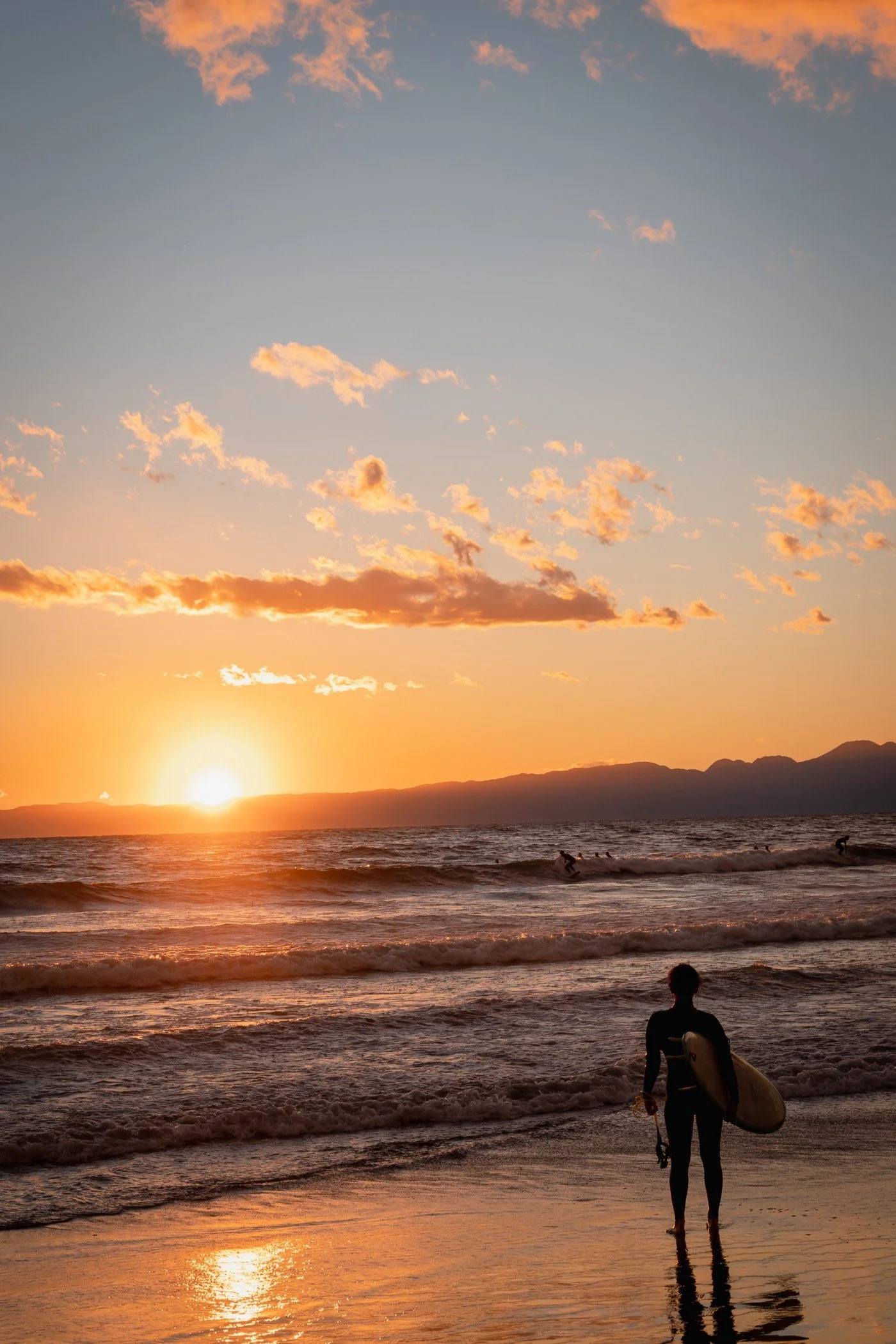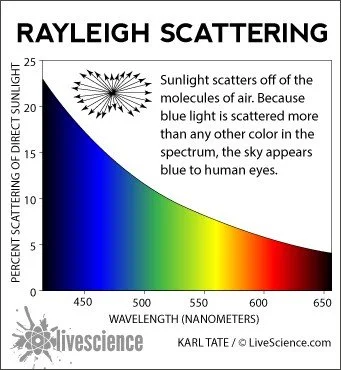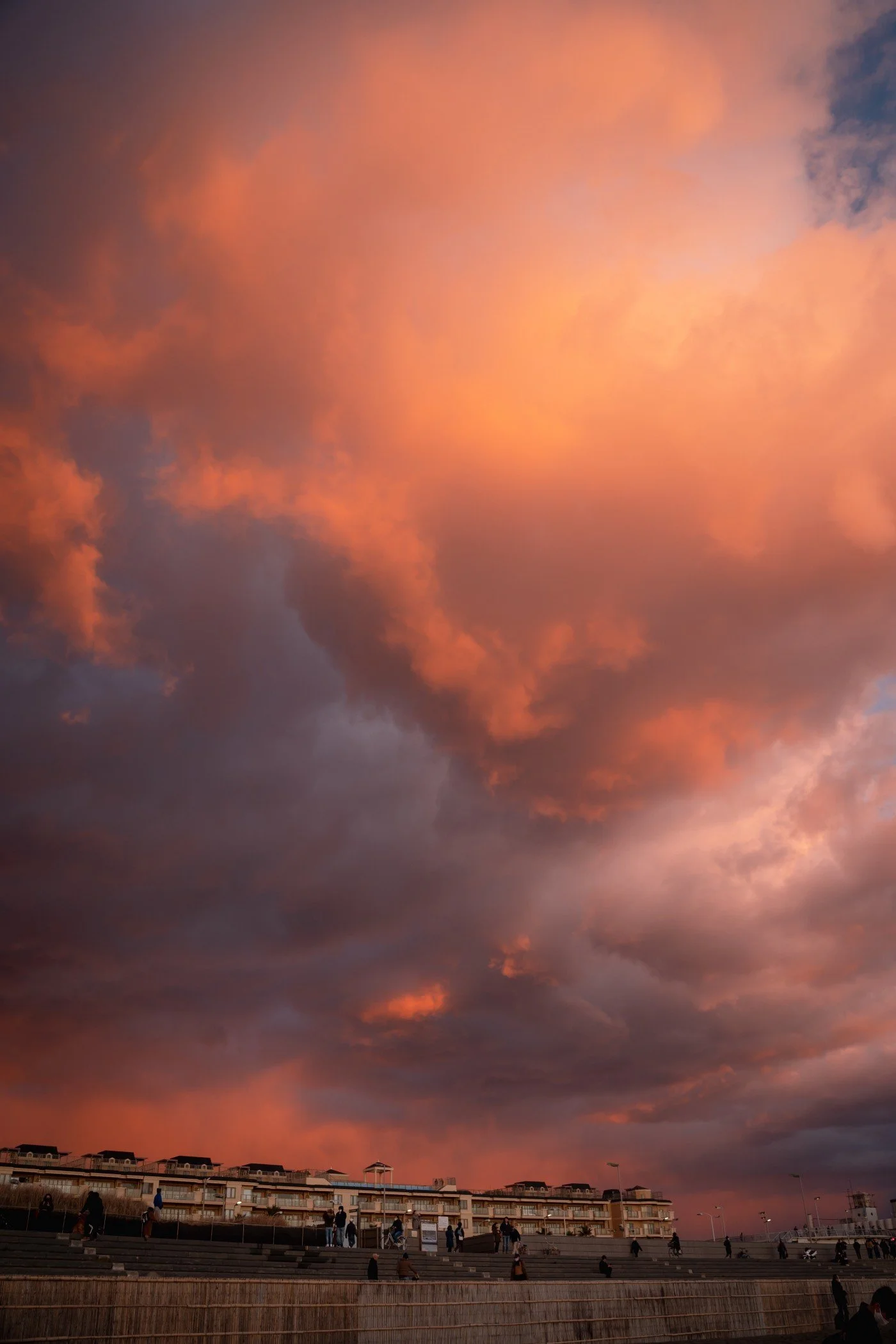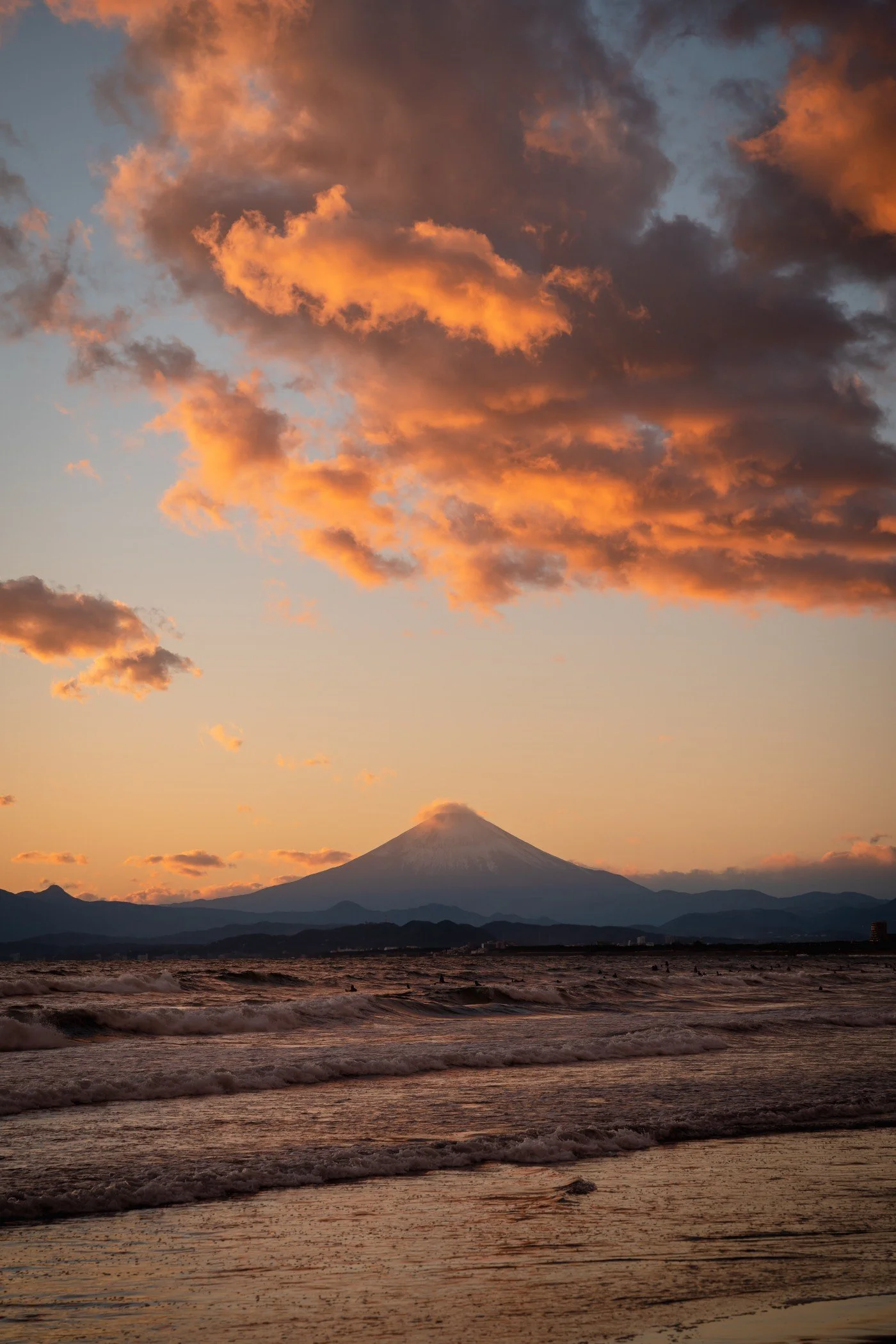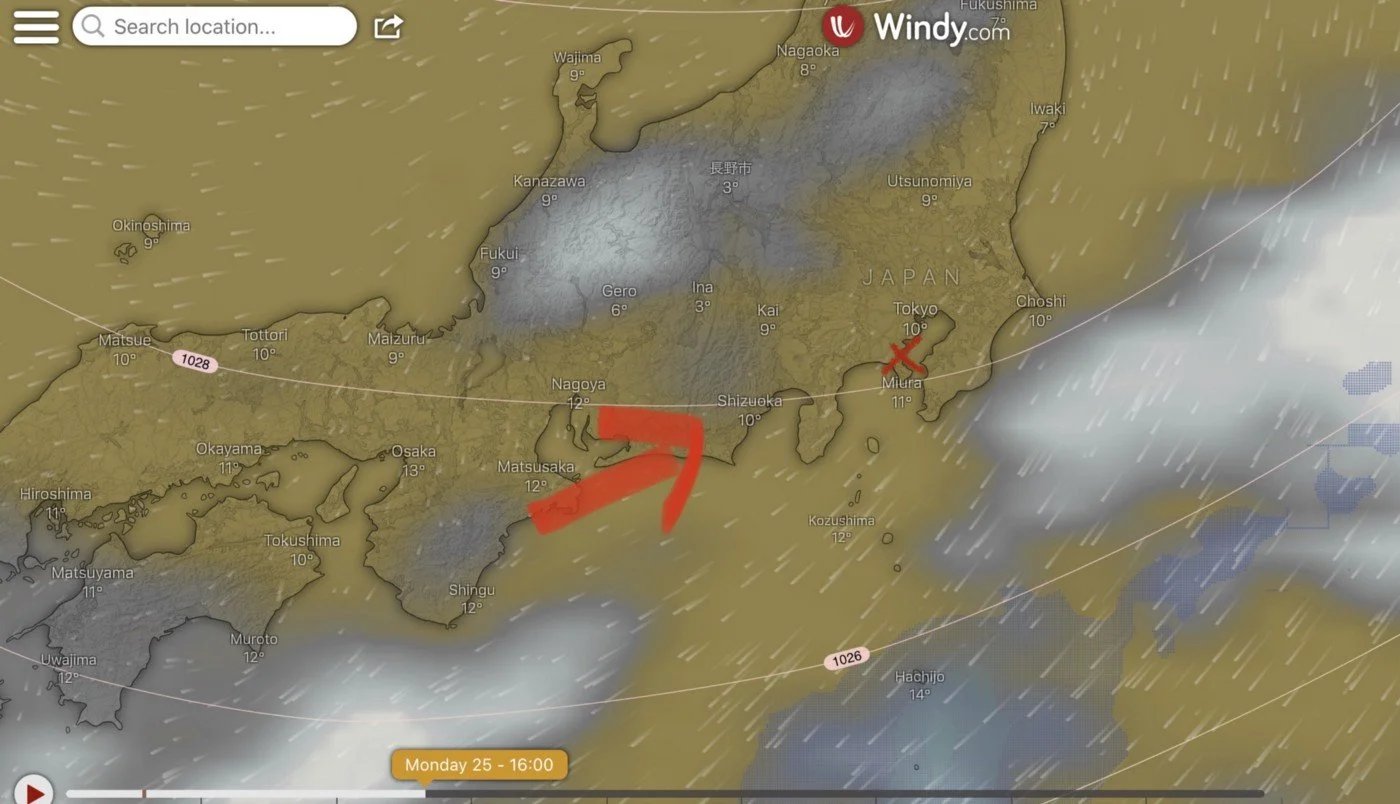How to photograph sunsets in winter 🌄
Did you notice that most sunsets in winter are quite spectacular? Well, if you are like me, you are probably too busy staring at your phones than to be awed by the natural wonders right above your head.
It is photography that helped me to turn my gaze from my phone to the beauty of the fiery sunsets above. I will briefly explain the phenomenon of fire sky sunsets and how to capture their full glory in this article.
3 reasons why winter is sunset season
There are 3 main reasons why winter is sunset season:
Low humidity in winters means less water vapor in the air. Water vapor attract particles which makes sunsets hazy. But with the lack of water vapor, sunsets in winter look crisp and clear.
The sun sets at a lower angle, this enables the light to linger longer and we get longer and more colorful sunsets.
Winter air comes from the polar vortex which is less polluted. Therefore, we get lots of clear days in this season.
Sunsets Simplified
Sunsets occur due to a natural phenomenon called Rayleigh scattering. Light is white in color but it contains all the colors of a rainbow. Gases in our atmosphere trap the blue and violet light so the sky looks blue.
At sunset, light travels further through the atmosphere to reach our eyes, and most of the blues, greens, and yellows get filtered out — leaving only the reds and oranges which creates a fiery sunset or what we call a ‘fire sky’.
The 3-step surefire method to catch a fire sky sunset
But you can dramatically increase your chances of seeing one if you spend only 10 minutes of planning the day before. Here’s my 3-step method:
Step 1:
Find out what time is the golden hour and sunset.
Golden hour is when the sky turns orange and red before the sun actually sets. I use the PhotoPills app to tell the golden hour and sunset. But a simple google search for“Golden hour (your city)” will also work!
Step 2:
Use weather radar to predict cloud movement a day before.
I recommend www.windy.com. Click on the GFS forecast model (bottom right). Then, click the play button to fast forward the cloud movement forecast to the approximate time of sunset you want to catch (16:00 Tokyo time, in my case). The sky around your location at sunset has to be clear (in yellow, see below) with some cloud in the West (where the sun will set).
Step 3:
Double-check before leaving home!
The weather changes constantly so be sure to check the weather radar a few hours before you go see the sunset! My advice is, even if the forecast is not perfect, head out nevertheless, you will never know what nature will surprise you with :)
Finally, have fun and let me know if you could catch a beautiful sunset with my 3-step method on Instagram at @cjphotoworks

